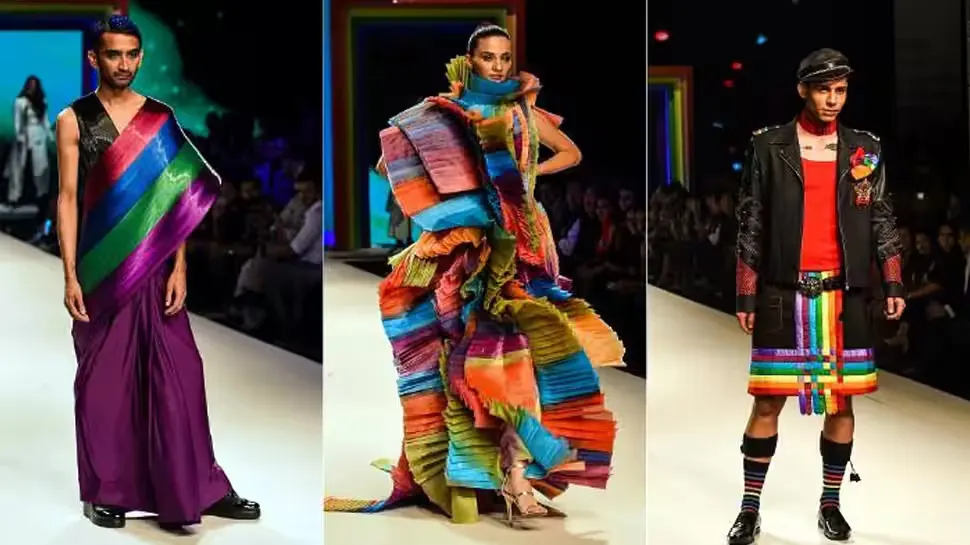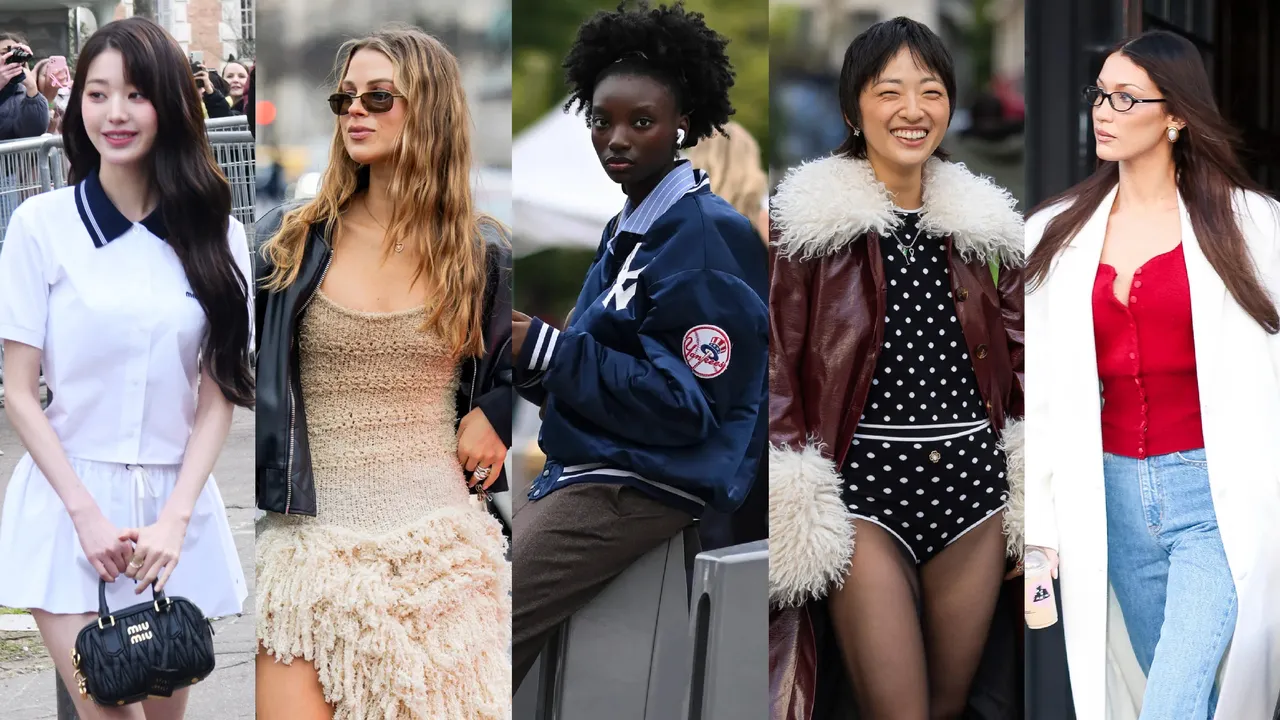Subtotal $0.00
Fashion has always been more than clothing—it is a universal language of self-expression. Across cultures and generations, what we wear reflects who we are, how we feel, and even the values we hold. In today’s ever-evolving fashion landscape, personal style has become a powerful tool to communicate individuality in a world filled with trends, fast fashion, and social media influence.
The Evolution of Fashion in Everyday Life
Once reserved for the elite, fashion is now accessible to people of all backgrounds. With the rise of online shopping, global brands, and independent designers, style has become more democratic. Trends move at lightning speed, but consumers are no longer passive followers. Instead, they reinterpret styles, mix high and low fashion, and create looks that resonate personally.

Streetwear is a perfect example. What began as an underground movement has become a dominant force in the fashion industry. Hoodies, sneakers, and oversized silhouettes have transcended casual wear to become symbols of confidence and creativity. Similarly, vintage and thrifted fashion have gained popularity, allowing individuals to curate unique wardrobes while supporting sustainable practices.
The Role of Fashion in Self-Expression
Fashion allows people to embody different moods and identities. A tailored blazer can project professionalism, while a flowy dress may highlight softness and creativity. Even colors carry emotional weight—black often represents power and sophistication, while bright hues evoke optimism and playfulness.
Social media platforms like Instagram and TikTok have amplified this expressive power. Influencers and everyday users alike share outfit inspirations, creating global conversations around style. This interconnectedness has blurred geographic boundaries, allowing trends from Seoul, Paris, or New York to inspire fashion lovers everywhere within hours.
Minimalism vs. Maximalism
One of the most exciting aspects of fashion today is the coexistence of opposites. On one end, quiet luxury and minimalist wardrobes emphasize timeless pieces, neutral palettes, and understated elegance. On the other, maximalism embraces bold patterns, clashing colors, and statement accessories.
Both philosophies speak to different aspects of personality. Minimalism appeals to those who value simplicity and intentionality, while maximalism invites people to experiment without restraint. Many modern wardrobes blend the two, showcasing the versatility and fluidity of personal style.
Sustainability: The New Standard of Style
The fashion industry, while inspiring, has also faced criticism for its environmental impact. Fast fashion has contributed to waste, pollution, and exploitative labor practices. In response, consumers are shifting toward more sustainable choices.
Eco-friendly fabrics, ethical production methods, and circular fashion models like clothing rentals or resale platforms are gaining traction. Brands are being challenged to prioritize transparency, and shoppers are asking questions: Who made my clothes? What materials are used? How long will this piece last?
Fashion enthusiasts increasingly see sustainability not as a passing trend but as a core value. Owning fewer but higher-quality items aligns with both eco-consciousness and personal style development.
Accessories as Storytellers
No fashion blog would be complete without mentioning accessories. They are the finishing touches that transform an outfit into a statement. A bold handbag, layered necklaces, or a classic pair of sunglasses can completely shift the mood of an ensemble.
Accessories also serve as memory keepers. Heirloom jewelry, travel finds, or gifts from loved ones add emotional depth to a look, reminding us that fashion is as much about meaning as it is about aesthetics.
The Future of Fashion
Technology is shaping the future of how we design, buy, and wear clothing. Digital fashion, virtual fitting rooms, and AI-driven styling services are revolutionizing the shopping experience. Meanwhile, fashion shows are evolving into immersive experiences that combine art, culture, and technology.

Yet, despite all these innovations, one thing remains constant: fashion’s role as a mirror of society. It will always evolve alongside cultural shifts, reflecting values, struggles, and aspirations.
Conclusion
Fashion is not just about following trends—it’s about telling your story. Whether you gravitate toward sleek minimalism, bold maximalism, or sustainable chic, your wardrobe is a canvas that reflects your personality and values. As the industry moves forward, the most stylish thing anyone can wear is authenticity.
So next time you choose an outfit, remember—it’s not just fabric and design. It’s your identity woven into every stitch.













